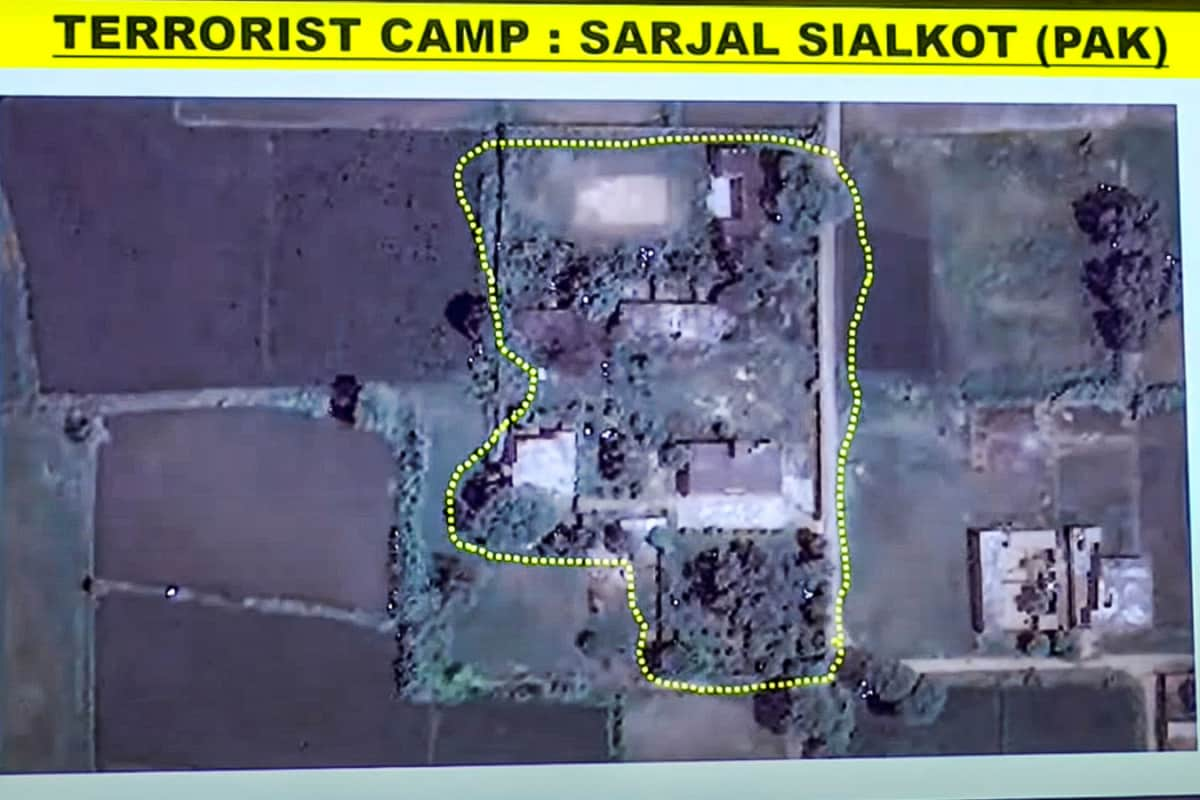

In a significant move to bolster its surveillance capabilities, India is dramatically accelerating the development and deployment of a new generation of spy satellites. The ambitious project, with a budget of ₹22,500 crore, aims to slash the timeline for getting these advanced eyes in the sky operational from the initially planned four years to a mere one year. This aggressive timeline compression signals a heightened sense of urgency within the Indian security establishment, driven by evolving geopolitical realities and the need for enhanced real-time intelligence gathering.
The impetus behind this accelerated program is multifaceted. Firstly, India faces a complex and dynamic security landscape, characterized by persistent border tensions, evolving threats from state and non-state actors, and increasing strategic competition in the Indo-Pacific region. Reliable and high-resolution satellite imagery and data are crucial for effective border management, counter-terrorism operations, and maritime domain awareness. The current reliance on existing satellite infrastructure, while robust, may not be sufficient to meet the escalating demands for timely and actionable intelligence.
Secondly, rapid advancements in satellite technology and launch capabilities have opened up new possibilities for deploying sophisticated surveillance systems more quickly and efficiently. Indian space agencies and private sector players have made significant strides in developing lighter, more powerful satellites, as well as more agile and cost-effective launch vehicles. This technological maturity enables India to compress development timelines without compromising on the quality or capabilities of the spy satellites.
The ₹22,500 crore allocated for the project will be utilized across various critical areas, including the design and fabrication of advanced imaging payloads, the development of secure communication links, the establishment of ground-based data processing and analysis centers, and the integration of artificial intelligence (AI) and machine learning (ML) algorithms for automated threat detection and pattern recognition. These satellites are expected to incorporate cutting-edge technologies such as synthetic aperture radar (SAR) for all-weather imaging, hyperspectral cameras for detailed spectral analysis, and advanced encryption techniques to protect sensitive data from cyber threats.
The accelerated deployment of these spy satellites is expected to have a transformative impact on India's national security apparatus. Real-time access to high-resolution imagery will enhance the ability of security forces to monitor border areas, track troop movements, and detect potential infiltration attempts. Maritime surveillance capabilities will be significantly enhanced, allowing for better monitoring of shipping lanes, detection of illegal fishing activities, and tracking of potentially hostile vessels. Furthermore, the integration of AI and ML technologies will enable faster and more accurate analysis of satellite data, providing timely warnings of emerging threats and enabling proactive decision-making.
This project also aligns with the government's broader push for self-reliance in critical technologies and the development of a vibrant domestic space industry. By prioritizing indigenous design and manufacturing, India aims to reduce its dependence on foreign suppliers and strengthen its strategic autonomy. The project is expected to generate significant opportunities for Indian companies, research institutions, and startups in the space sector, fostering innovation and creating high-skilled jobs.
While the accelerated timeline presents significant challenges, Indian space agencies and private sector players are confident in their ability to deliver on this ambitious project. The strong political will, coupled with the availability of advanced technologies and a robust industrial base, provides a solid foundation for success. The successful deployment of these spy satellites will not only enhance India's national security but also position it as a leading player in the global space arena.